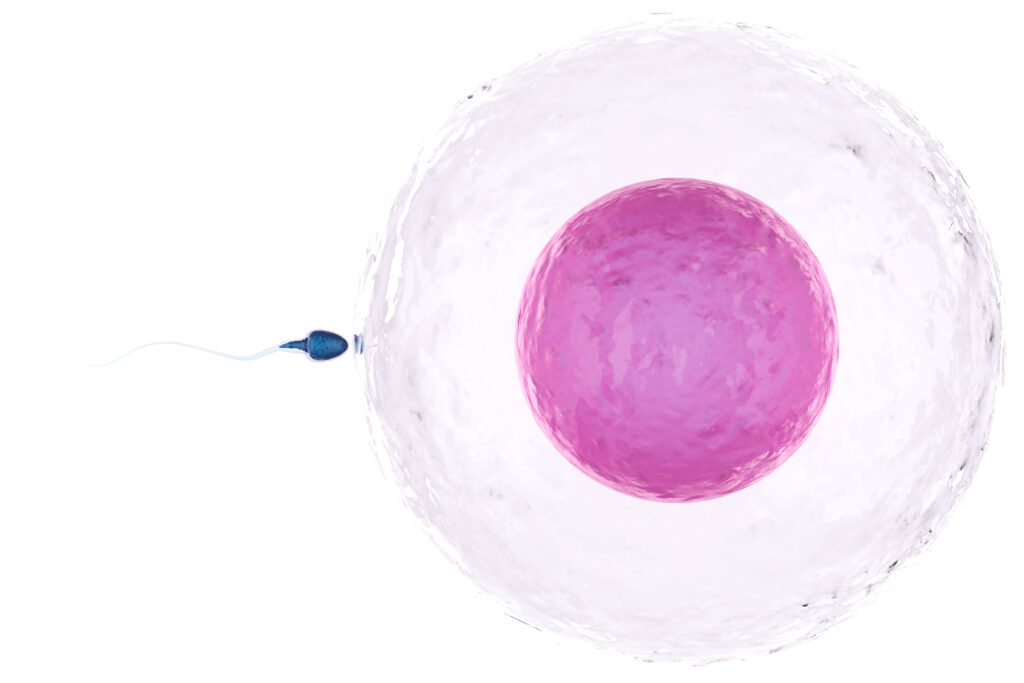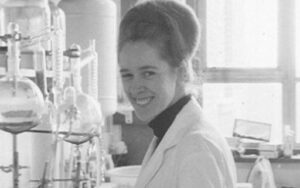SET – The Standard Care in IVF
How Advanced Reproductive Technology Has Made SET the Standard of Care in IVF
In the past, the normal protocol in IVF treatment was to transfer two embryos, and sometimes three, to improve the chances that one embryo would implant and result in a healthy pregnancy. The downside was a greatly increased chance of having twins or high-order multiples like triplets.

Now, single embryo transfer (SET) is the new standard of care, based on
new guidelines issued in 2017 by the American Society for Reproductive Medicine (ASRM) and the Society for Assisted Reproductive Technology (SART). SET is recommended for all women under age 38, and for those up to age 42 if preimplantation genetic screening (PGS) determines an embryo has the normal number of chromosomes. Recent research has found the success rate with SET to be as good as that with multiple embryos if the embryo doesn’t have chromosome abnormalities. And singleton babies are less likely to have the health issues associated with multiple births, such as low birth weight, being born prematurely, and an increased risk of birth defects.What has made this change possible? Many years of research and technology improvements in assisted reproductive technology (ART) have contributed to this new standard of care.
Better “Special Sauce” and Incubators
Embryos for use in IVF result from the fertilization of an oocyte, or egg, by a sperm cell in the embryology lab. Once fertilization takes place, the embryos are placed with culture media in special incubators. There is different “special sauce” for each stage of the embryo’s growth up to the time of transfer. The incubators themselves are now much more sophisticated than those of a decade ago. The newest ones control temperature, humidity, and CO
2/O
2 better than ever before to optimize the environment for embryo growth.
Technology to Choose Healthier Embryos for Transfer
Preimplantation genetic screening has revolutionized
selection of embryos in IVF among women over 35. Choosing embryos with the correct number of chromosomes greatly reduces the risk of failure to implant and of miscarriage. (Women under 35 generally don’t need PGS because they usually produce healthy embryos, due to the younger age of their eggs.)
Advances in Cryopreservation
Embryos which aren’t used in the first, fresh IVF cycle are frozen and kept for later use or for donation to another prospective parent. Vitrification is a method of “fast-freezing” embryos, so quickly that ice crystals don’t form. Compared to the older, slow-freezing method of cryopreservation, vitrification results in a better-preserved embryo which is more likely to survive the freezing process and to result in
improved clinical outcomes. In fact, these frozen embryos have success rates as good or better than those of fresh embryos!All these advances have improved women’s chances of having a single, healthy baby through IVF.Are you ready to take the next step? Visit
www.WINFertility.com or call 1-855-705-4483 (4IVF.)
 Now, single embryo transfer (SET) is the new standard of care, based on new guidelines issued in 2017 by the American Society for Reproductive Medicine (ASRM) and the Society for Assisted Reproductive Technology (SART). SET is recommended for all women under age 38, and for those up to age 42 if preimplantation genetic screening (PGS) determines an embryo has the normal number of chromosomes. Recent research has found the success rate with SET to be as good as that with multiple embryos if the embryo doesn’t have chromosome abnormalities. And singleton babies are less likely to have the health issues associated with multiple births, such as low birth weight, being born prematurely, and an increased risk of birth defects.What has made this change possible? Many years of research and technology improvements in assisted reproductive technology (ART) have contributed to this new standard of care.
Now, single embryo transfer (SET) is the new standard of care, based on new guidelines issued in 2017 by the American Society for Reproductive Medicine (ASRM) and the Society for Assisted Reproductive Technology (SART). SET is recommended for all women under age 38, and for those up to age 42 if preimplantation genetic screening (PGS) determines an embryo has the normal number of chromosomes. Recent research has found the success rate with SET to be as good as that with multiple embryos if the embryo doesn’t have chromosome abnormalities. And singleton babies are less likely to have the health issues associated with multiple births, such as low birth weight, being born prematurely, and an increased risk of birth defects.What has made this change possible? Many years of research and technology improvements in assisted reproductive technology (ART) have contributed to this new standard of care.


